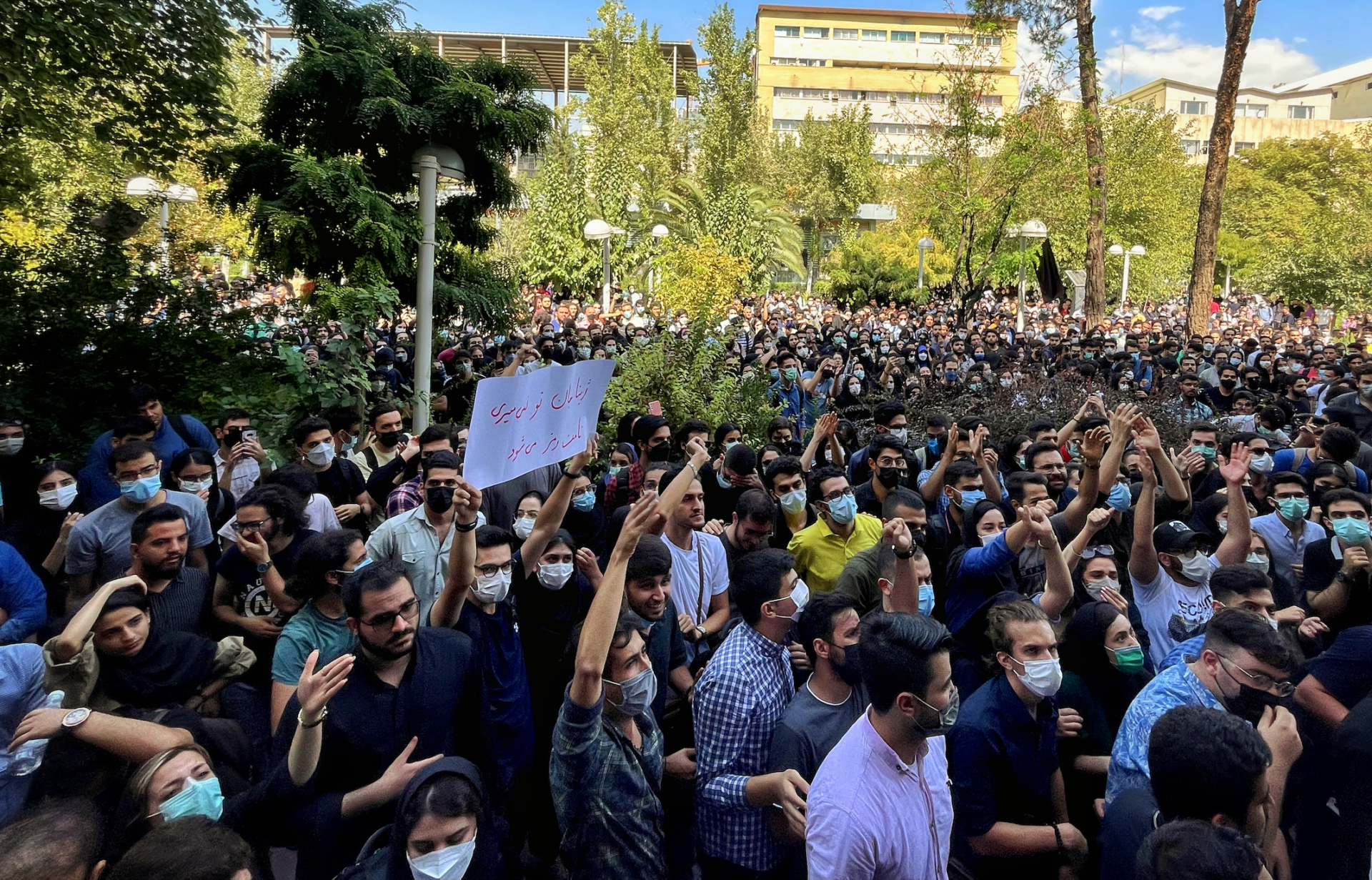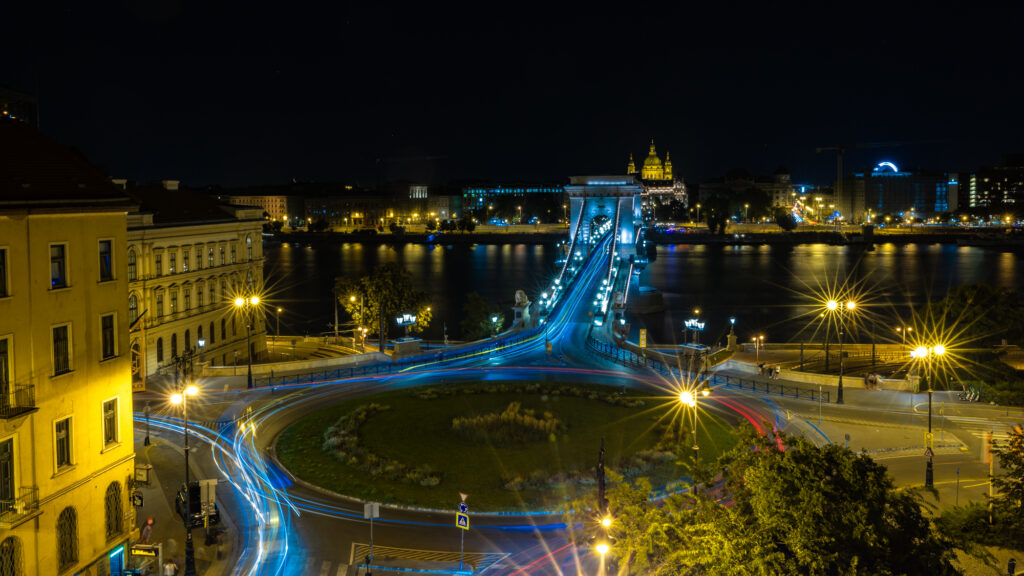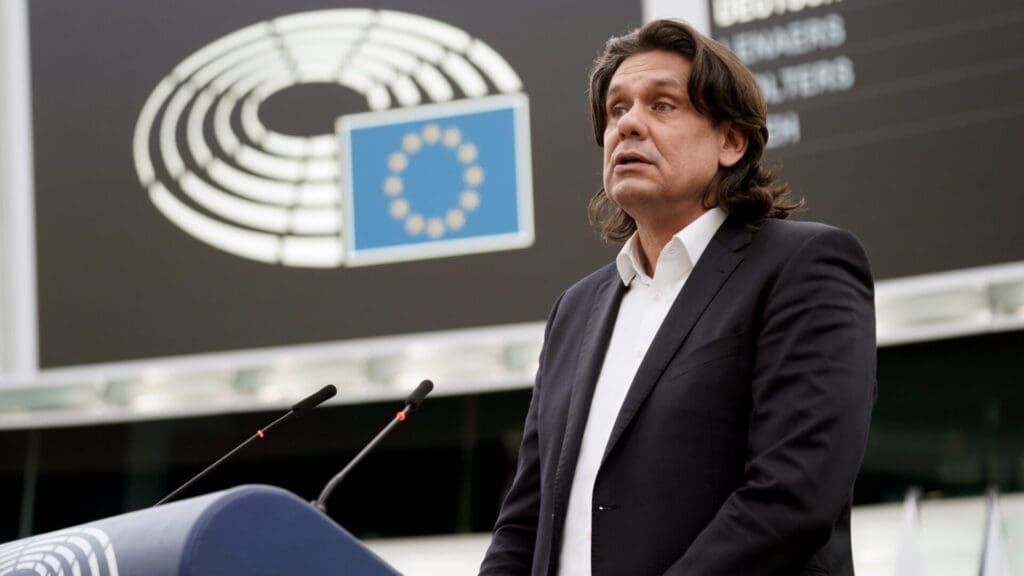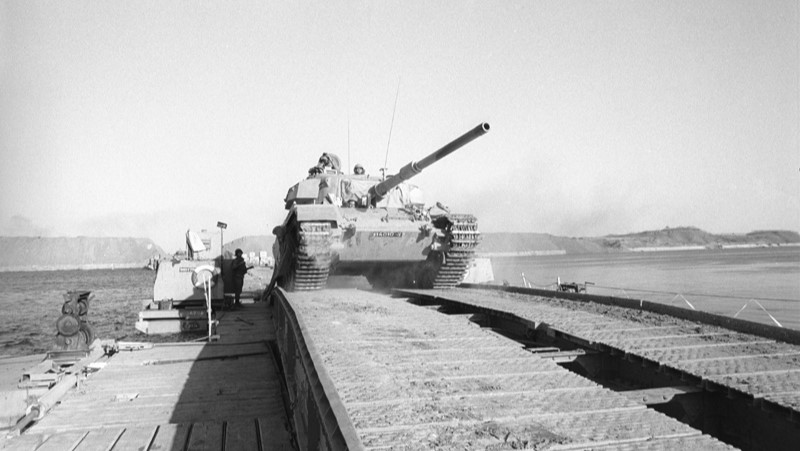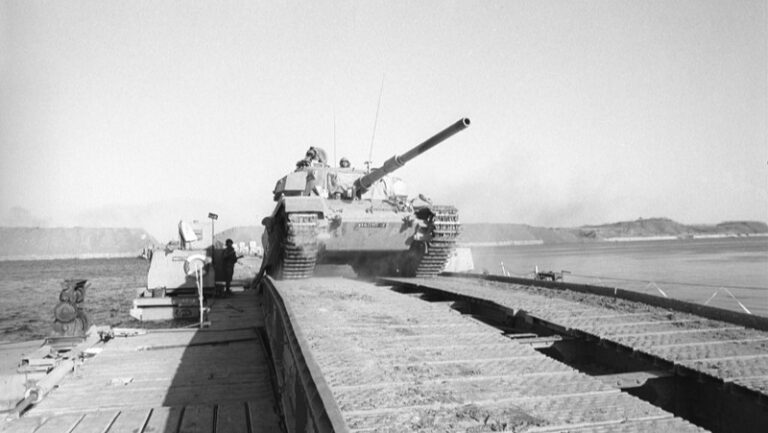On 13 September 2022, a young woman by the name of Mahsā Amini was en route to Tehran with family members when she was stopped and arrested by Iran’s morality police. Her alleged offense was improperly wearing the hijab (or hejaab, as it is called in the Persian language) which in Iran is treated as a low-level misdemeanor, typically resulting in only a few hours of detention at a state-managed Islamic guidance facility where women are given short courses on the proper wearing of the hijab, and instructed on the religious importance of doing so.
On the 16th of September, less than 72 hours after her arrest, Amini was pronounced dead in the intensive care unit of Kasra Hospital in Tehran. She was just 22 years old. Her family has alleged that she was tortured and insulted in police custody before her transfer to the hospital where she died.
The fiery protests (now, increasingly transforming into violent anti-government riots) that have engulfed major Iranian cities makes it very clear that the morality police, and their use of unnecessary force against civilians like Mahsā Amini, is so detested and utterly intolerable that violent resistance is now seen as the only option left to some.
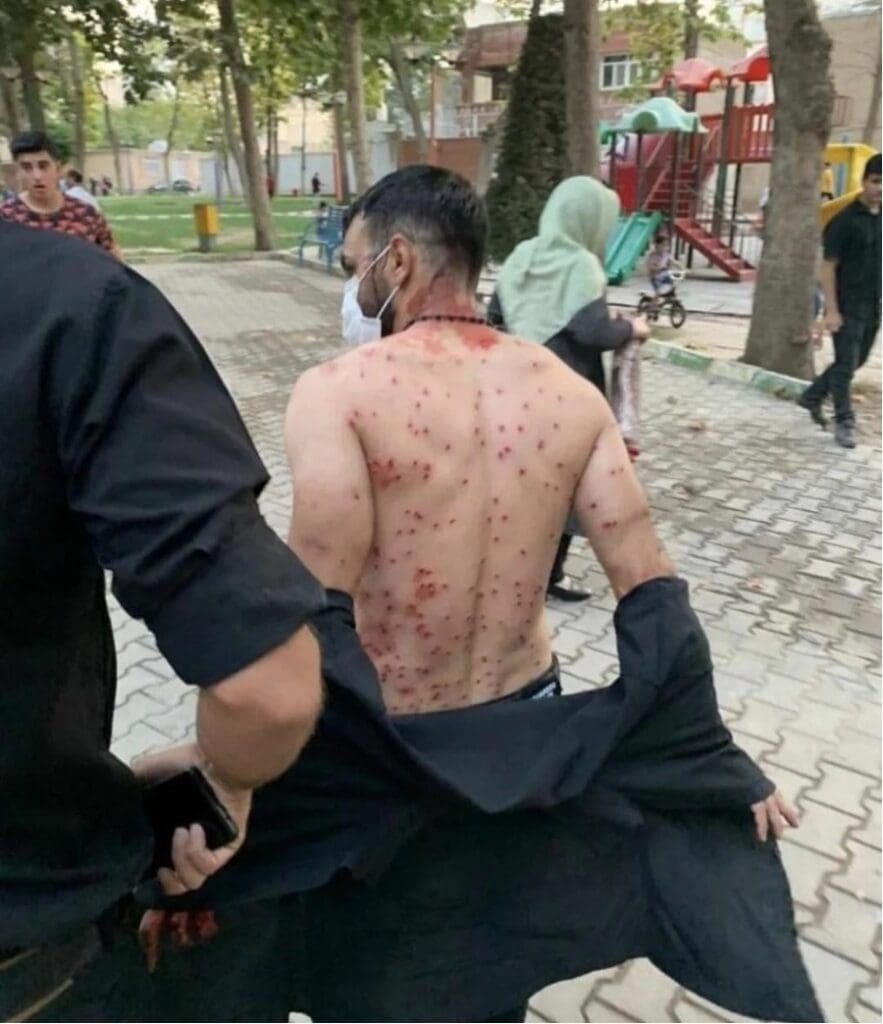
As the fires of protest have grown in Iran, so too have the eyes of the global media flocked toward it, like moths to a flame. Moths are short-lived creatures, and the attention span of the media is similar in that regard. Many errors have been committed to pen and paper about the way the Islamic Republic of Iran operates internally with its enforcement of Islamic morals and norms, and about the institutions that enforce these norms on the ground. Among the most egregiously persistent of these, repeated over and over again in highly respected media sources, is that such a thing as a ‘morality police’ even exists in Iran at all.
Myth 1: Iran’s So-Called ‘Morality Police’
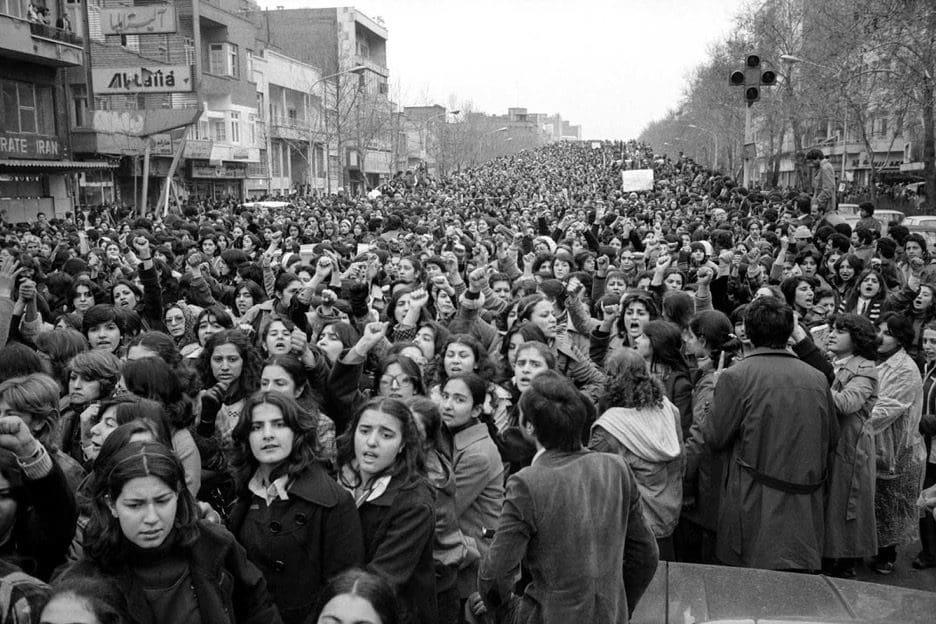
Unbeknownst to most, Iran does not have a singular state-sanctioned authority known as the ‘morality police’ (either in English or in its Persian equivalent). In reality, what exists in Iran is a complex web of institutions and volunteer groups that collectively operate to police behaviour and enforce Islamic norms. The group responsible for the arrest and detention of Mahsā Amini, the Gasht-e Ershād (‘Guidance Patrol’ in English) can be described as an ‘Islamic vice squad’ as it is is formally integrated into the police, empowered with regular legal authority to make arrests and detain suspected criminals. But to define the Gasht-e Ershād as Iran’s ‘morality police’ would be erroneous, as there are many other groups whose activities place them firmly under this umbrella.
Other organisations under that umbrella include the Basij (‘The Mobilisation’), a state-endorsed paramilitary group which exerts similar authority to the Gasht-e Ershād, but with far less accountability to the Iranian public. Most Basijis (as members of the organisation are called) are only part-time employees or volunteers, and a substantial number are university students who become involved with the group through ‘study circles’ that operate entirely out of local mosques (Basij leaders claim to have a network of over 3 million members through such circles). Many of these members receive formal military training, including education in firearms handling and use. Although some police officers working in Iran’s ‘Islamic vice squad’ also moonlight for the Basij in volunteer roles, it is crucial to recognise that ‘morality policing’ in Iran goes far beyond the Gasht-e Ershād alone; even if the group were to be abolished overnight, the enforcement of Islamic morality in Iran’s cities and towns would by no means disappear.
Nevertheless, the ongoing anti-government protests (which are now thought to have claimed the lives of over 70 people) are mobilised in part by anger not only at the Gasht-e Ershād, but at all moral policing groups more broadly. But is this anger new? Or is it something we’ve seen before?
Myth 2: The Mahsā Amini Protests Are Unprecedented
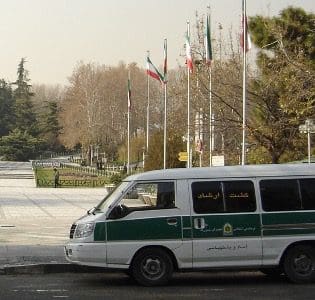
Another problem with the media is its short term memory. Though the Mahsā Amini protests have been called ‘unprecedented’ by Time Magazine, Iranian people (especially women) have been fighting for their rights for years.
After a coalition of anti-government forces succeeded in overthrowing the Imperial State of Iran in 1979, the Islamic Republic of Iran became its successor state. Immediately after the new regime made its intention to introduce mandatory hijab clear, mass protests broke out across the nation, with an estimated 100,000 female protestors taking to the streets in Tehran alone. Quite obviously, popular opposition to Islamic morality laws has a long history, and is not without precedent.
Nor are the current protests sparked by Mahsā Amini’s death new—neither in scale, nor in timing. Although relatively unknown to many international observers, Iran has seen near-constant waves of protests and demonstrations, recurring year after year on a cyclical basis, starting roughly around 2016. Each ‘cycle’ of protests typically lasts between 1–2 years. According to Iran Primer, the first wave began with the 2017-2018 Economic Protests, which left at least 22 dead, and were followed by the 2019 Price Hike Protests, during which more than 300 people were killed by police authorities. A new wave of protests broke out in January 2020, with a death toll that is still unknown. The latest wave includes at least eight protest movements between July 2021 and the present day. By placing the Mahsā Amini Protests within this recent historical context, we can see what they represent: a continuity of almost a decade of political unrest, rather than an unprecedented, novel phenomenon.
Still, measures taken by the regime to counter the protests are undoubtedly extreme. Facing mass unrest, the Iranian government took decisive action by shutting down Internet access nationwide, likely to curb the ability of protestors and opposition members to organise. But even this is not without precedent, as the authorities did the exact same thing during the 2019 protests in which over 300 people were killed. Shutting down the Internet is in many ways the ‘nuclear option’ for the regime. As a tactic, it may prove effective in curbing the ability of protestors to organise but this comes at a heavy cost for the national economy as well as the administration, both of which are dependent upon the Internet for their daily operations. So why, we might ask, is Iran willing to resort to such radical measures in order to defend a deeply unpopular institution like the Gasht-e Ershād, or deeply unpopular laws like the compulsory hijab?
Myth 3: Islamic Morality Laws are Responsible for the Current Protests
The proximate cause of Iran’s ongoing protests—namely, the tragic death of Mahsā Amini as a result of injuries suffered while under the custody of the Gasht-e Ershād—is well known, and at this point can be considered to be beyond dispute. Yet it would be a logical leap to assume that Islamic morality laws alone, or their enforcement by so-called ‘morality police’ groups, are the core grievances motivating the current civil unrest.
While censuses and opinion polling data from Iran are admittedly subject to varying degrees of government interference, a survey published by Tehran-based Mehr News Agency still suggests that caution may be warranted in this regard. One poll conducted in the town of Kashor asked citizens if they agreed with the statement: ‘Women should wear the hijab even if they don’t believe in it’; over 50 per cent of respondents said they agreed with the proposition. If these survey results can be trusted, then it follows that Islamic dress codes and morality laws are only a part of the story we see unfolding in Iran’s cities and streets today.
An analysis by The New York Times supports this view, noting: ‘The sheer diversity of the protesters reflects the breadth of Iranians’ grievances, analysts say, from a sickly economy and in-your-face corruption, to political repression and social restrictions — frustrations Iran’s government has repeatedly tried, and failed, to quash.’
These polls, and the image of itself that Iran uses them to project to the outside world, may not be reliable. Nevertheless, the fact that a substantial proportion of Iran’s population does indeed support the current compulsory hijab laws suggests that these laws alone cannot be solely responsible for the present political unrest.
To learn more about these grievances, I spoke to Kowrosh Pahlavi—an Iranian student and political refugee living in Budapest, who agreed to be interviewed about the causes behind the protests under a pseudonym.
When I asked Kowrosh to tell me what other factors could be behind the recent protests, he said:
‘One probable factor is the economic one. Iran is a rich country, as you may know, but the government is not so keen on sharing this wealth with its own people. If you talk to an Iranian person the first thing they are going to say that is they are earning in Rial and spending in USD. [Meaning they are earning a local salary, and spending at inflated prices equivalent to foreign levels.] Also: the ‘Islamic Republic’ that we have is nowhere near being a true Muslim country, in comparison to Saudi Arabia or the UAE for example. So basically no, the hijab is just a small factor within the enormous sea of other factors behind our unhappiness and dissatisfaction.’
Kowrosh’s remarks were raw, honest, and telling. His statements, viewed in the context of the current protests sparked by Mahsā Amini’s tragic death, tell a story that is essentially ignored by the media coverage of these protests, despite the reporters’ best intentions. The facts of that story are as follows: there is no such thing as a singular, omnipresent entity called the ‘morality police’ in Iran today. Nor are the current protests a new occurrence. And neither is it the case, lastly, that the protests ongoing as of today are solely fuelled by popular opposition to political Islam, or to the compulsory hijab. If we are to understand Iran at all, we must begin by dispensing with myths, and by understanding it as it understands itself.

